The artist’s family’s personal art collection is up for display for the first time ever.
In the heart of Chelsea, at the NYC Landmark Starrett-Lehigh Building, over 200 never-before-seen and rarely shown artworks by Jean-Michel Basquiat are on display to the public in the “Jean-Michel Basquiat: King Pleasure” exhibition. The collection, curated by Basquiat’s parents, siblings, aunts and uncles, provides access to a new side of the New York-based Neo-expressionist artist, who died in 1988. The exhibition is a celebration of Basquiat’s life, legacy and voice.
Basquiat’s explorations of music, pop culture, the Black experience, literature, police brutality, and Black American sports figures are present in many of his pieces. All of these subjects are displayed in different forms; including pictures, paintings and artifacts from Basquiat’s childhood. This experience tells a story from an intimate perspective. Displays of Basquait’s early childhood works are up for display, including some of his first paintings, museum cards and other personal objects from his personal life.
The exhibit is set up chronologically, so viewers can enjoy one time period of Basquiat’s life at a time. In the entrance, the family left a message for museum goers, writing that their decision to allow the public to view these hidden works was difficult to make. Ultimately, Basquiat’s family believed that the pieces they chose needed to be seen, according to their words at the exhibit entry.
Shown at the exhibit are countless self-portraits, drawn both from the perspective of how Basquiat saw himself and also how the world saw him. The portraits are all untitled, allowing room for different interpretations.
The family also curated rooms significant to Basquiat’s upbringing. Two of the spaces are replicas of rooms found in Basquiat’s childhood home in Northwest Brooklyn, and the other two were studio spaces where he had previously worked in Noho. As viewers are able to physically see where Basquiat worked, piecing together different versions of his story is exciting.
Basquiat left his mark on millions of people, and his work continues to do so today. The experience of connecting with such a notable artist makes his pieces more meaningful and personal. The family wanted this feeling to be a part of the experience. They said in a written statement; they wanted Basquiat’s legacy to be seen more personally.
Many of Basquiat’s pieces show the symbol of a crown which, according to the exhibit, symbolizes the recognition of Black kings and queens who defined his world history. It also stands for the fact that Basquiat saw himself as a king by sharing his powerful lessons and endured exhortation for people of color. He crowned specific characters that he painted; jazz musicians, sports heroes, his family and community leaders.
The “King Pleasure” exhibit offers a wealth of inspiration to viewers. Allowing the public to view these pieces was a vulnerable decision for the family. The loss of Basquiat in 1988 was and is a devastation to many.
Available for purchase through early September, the tickets are $32 each for students. The exhibit is located at 601 W. 26th St., but the front door entrance is on West 27th Street.
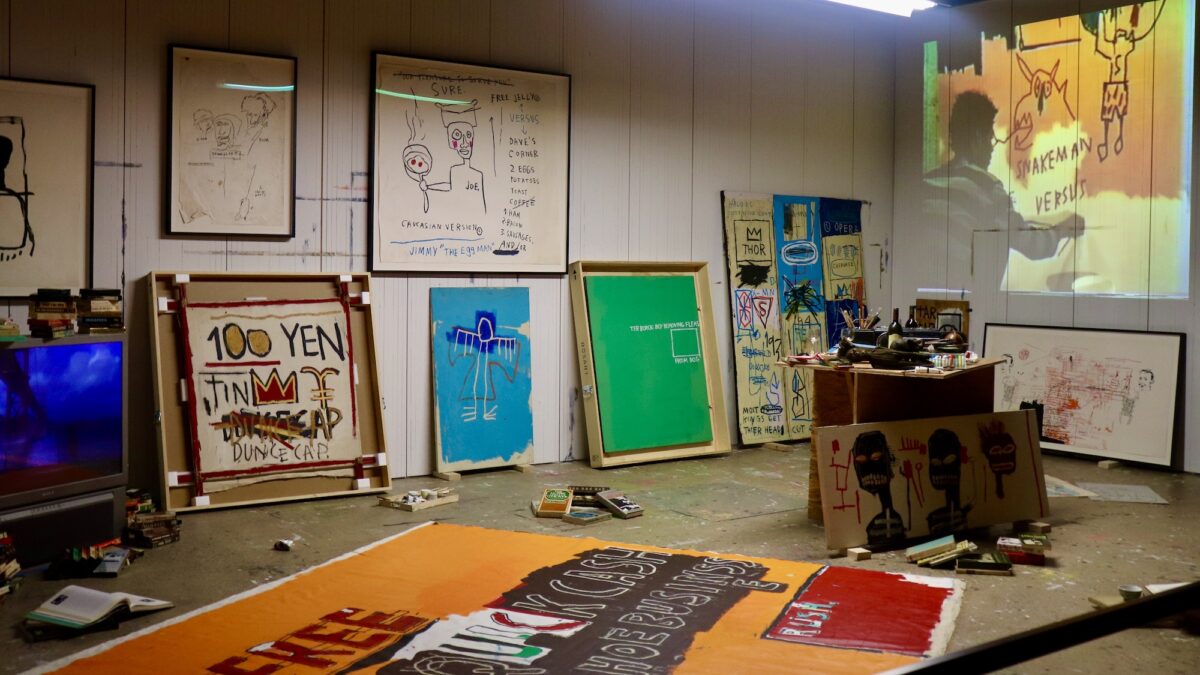
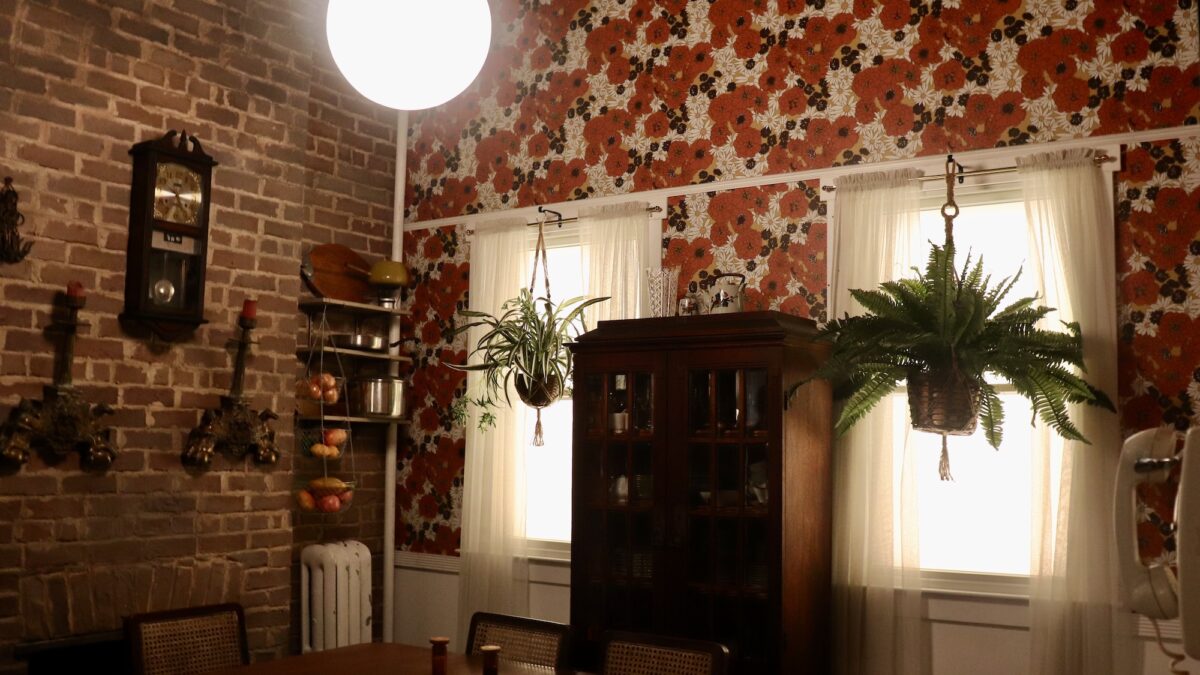
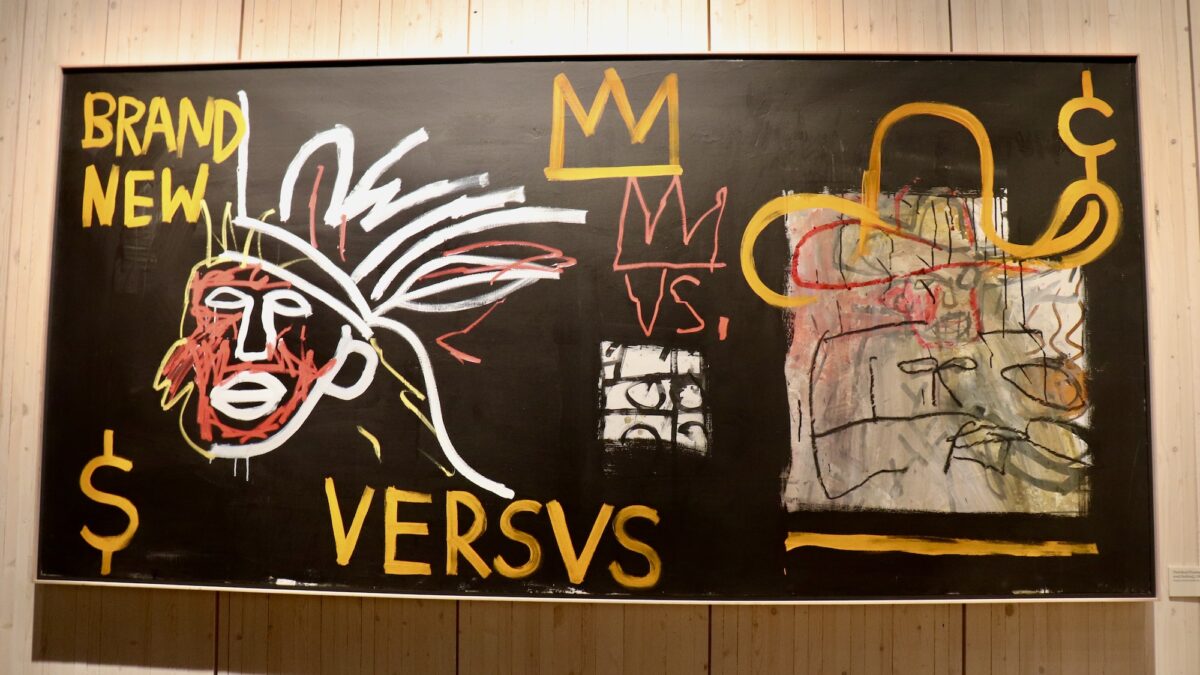
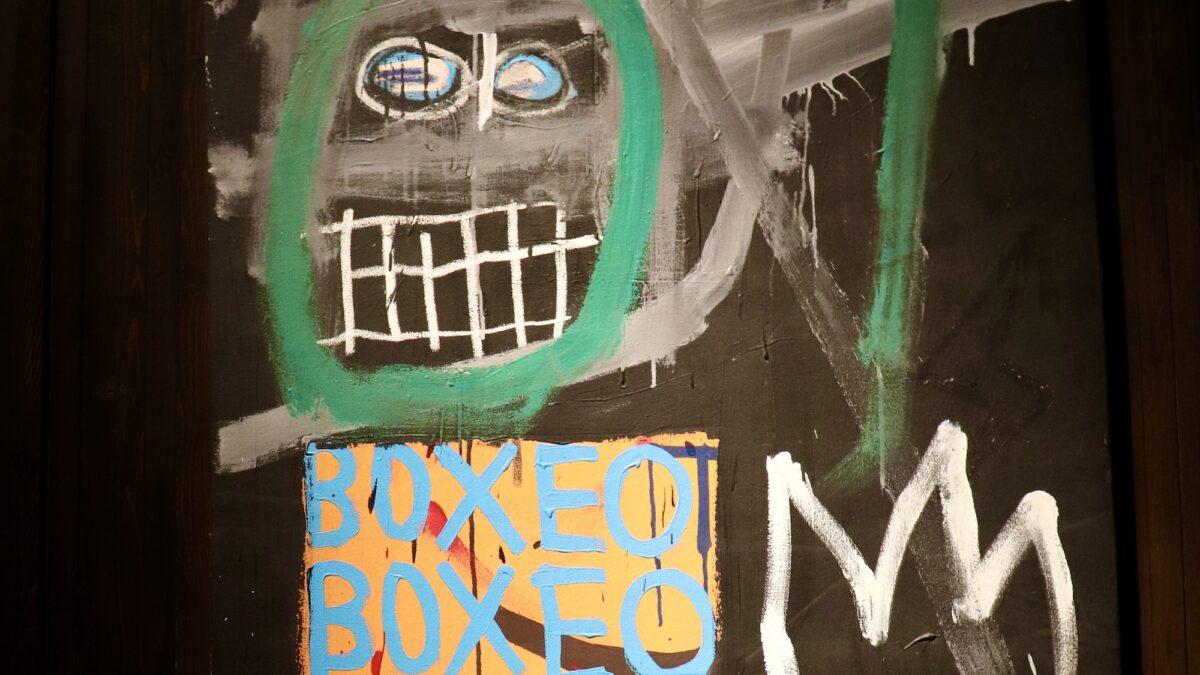
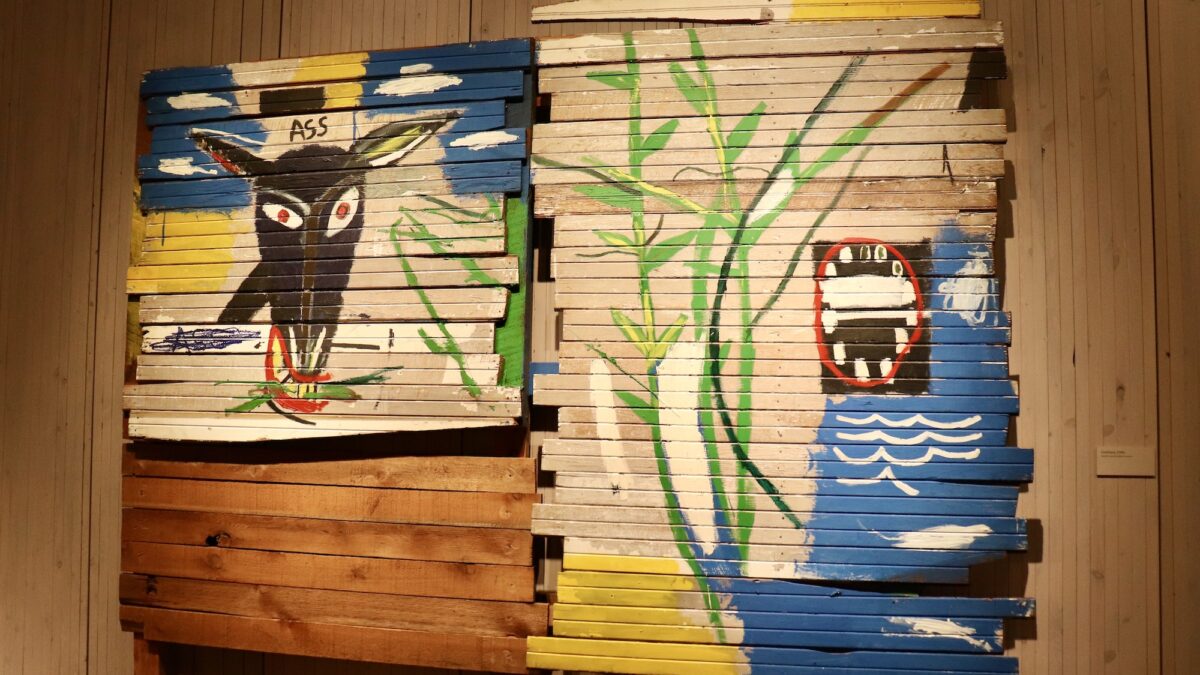
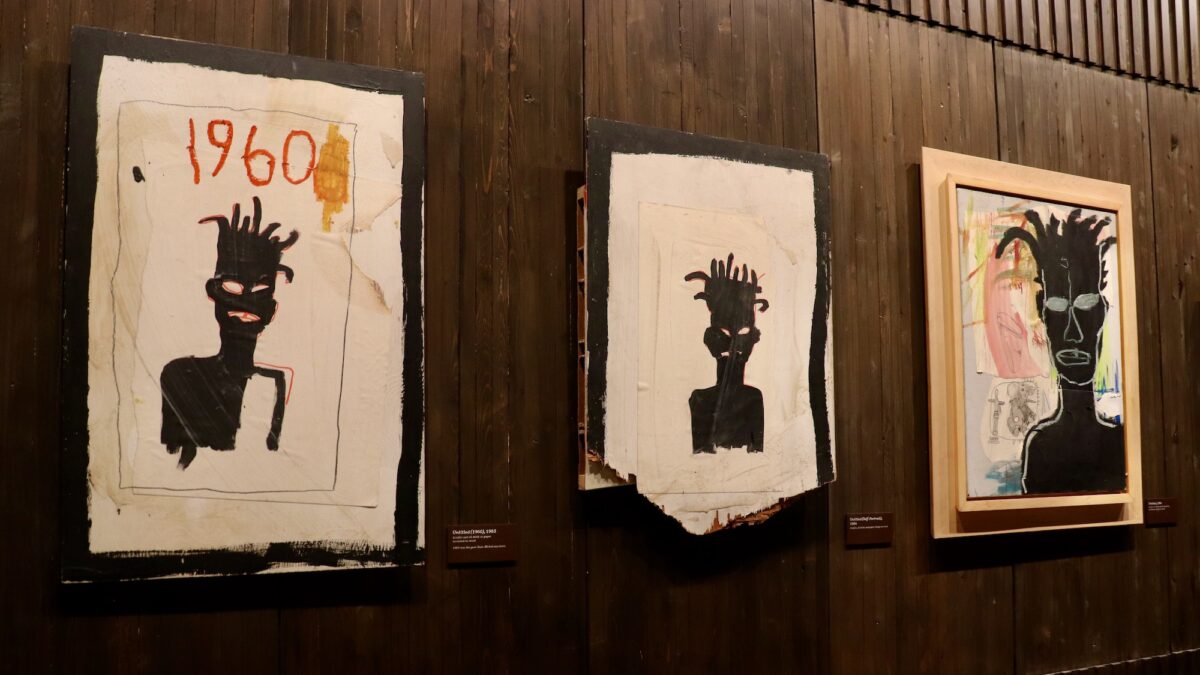







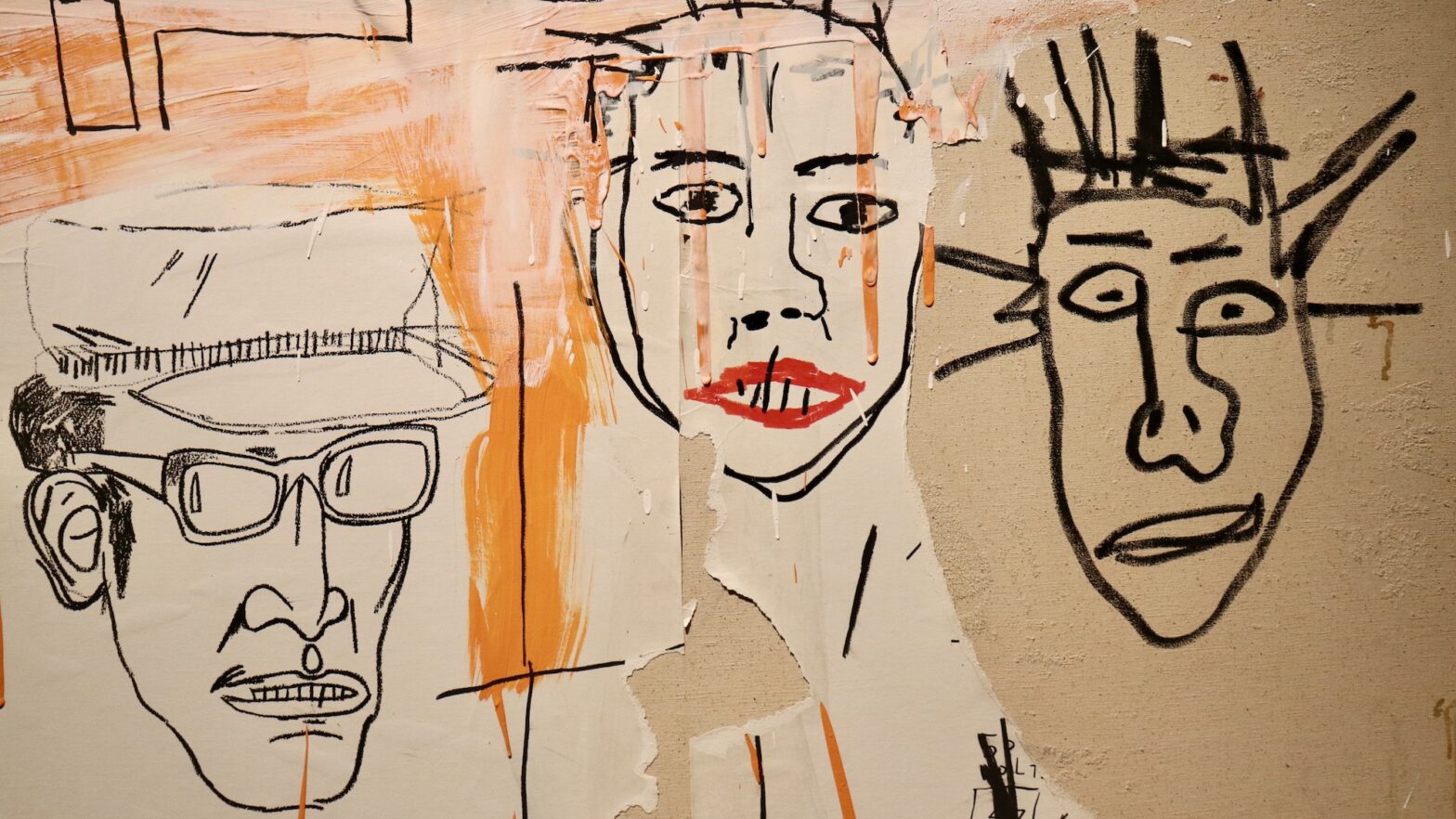
Hi! Masks are optional for the exhibit and vaccine cards are not required. You can purchase the tickets under the King Pleasure link in the first paragraph!
Are there any COVID restrictions when visiting and how can I purchase tickets?